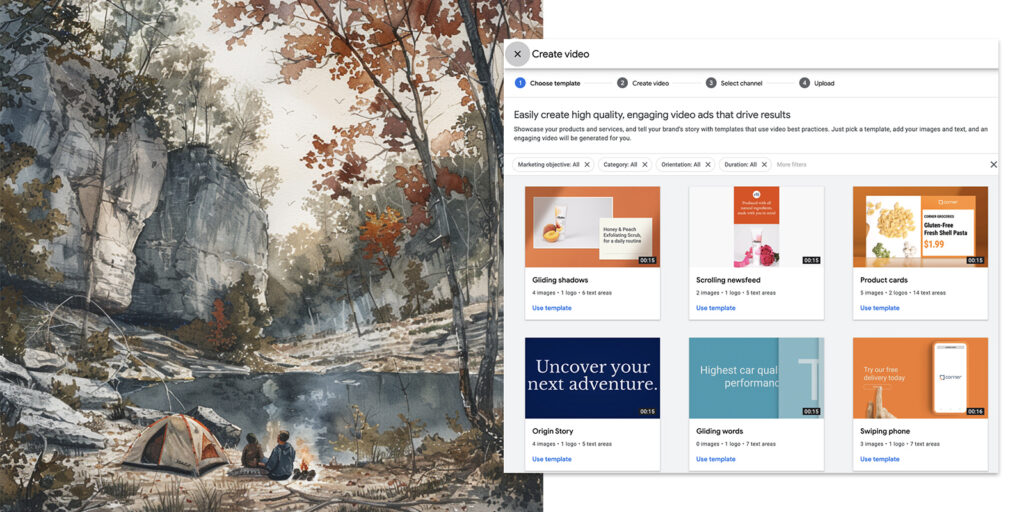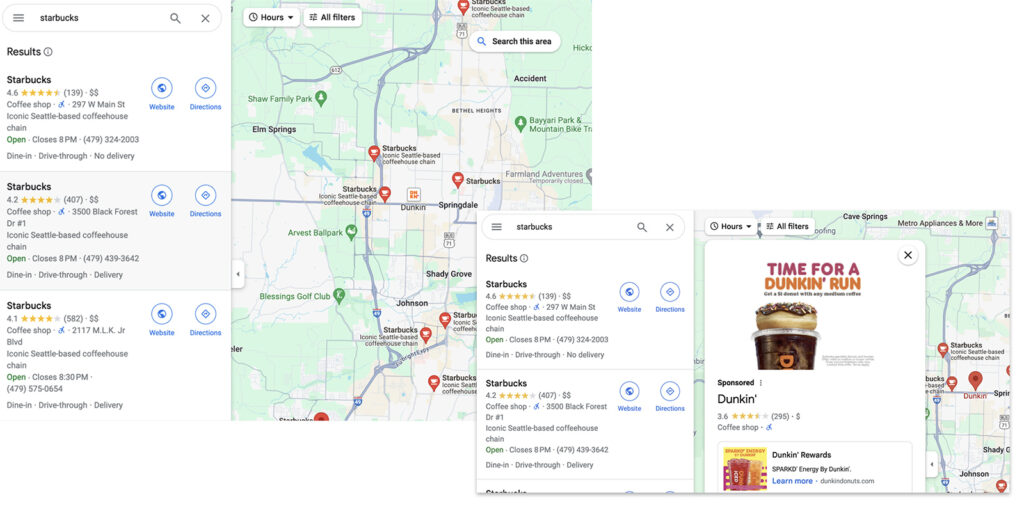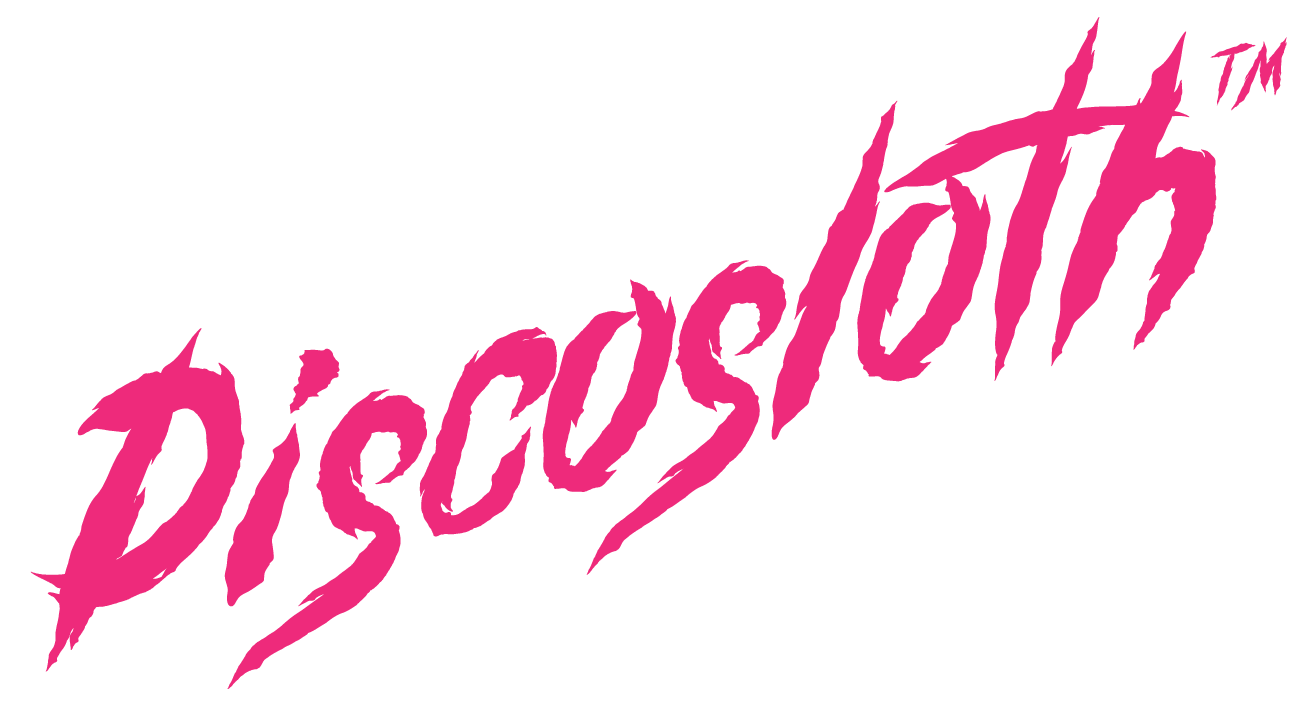We’ve all heard about Performance Max and how it’s taken over the world (of Google Ads, at least). But most of what we hear about is how to use PMax for ecommerce. A common refrain you’ll hear is that it’s a terrible idea to ever use PMax for lead generation campaigns. And you’ll especially hear that it’s really, really terrible to use it for small accounts with brick & mortar locations.
But is it really that black and white?
Power Pair was announced at this year’s Google Marketing Live. This is just a renaming of a strategy we’ve used for some time: combining a PMax campaign with a Search campaign. We have tested the Power Pair for many of our clients, including some clients who only track phone calls and store visits as reported by Google.
We have learned that if you have good data and decent results for a Search campaign, adding a Performance Max campaign will incrementally increase your visibility and brand awareness for those locations.
In addition, you actually will have a quite large increase in attributable store visits.
Our Experience With Power Pair
We’ve been running ads for a client with nearly 100 locations across the country. Each of these locations is a franchise with a dedicated budget, running a Search campaign targeting both brand and specific service inquiries. Each of these campaigns has a location extension attached to it.
As we were limited by how much we can spend per location, we needed to find ways to increase performance while staying within budget. Due to budget constraints for some locations, we decided to start testing a combination of PMax and Search in 3 locations. After a short initial test with positive results, within a year we have actually shifted most of these locations over to “Power Pair”, and we have seen a massive increase in branding, visibility, and store visits.
Store visits is our primary metric for this account. We are seeing an approximate 177% increase in store visits when comparing YoY. It is worth noting that the budget itself has stayed about the same.
How Did We Do It?
We take a forked approach to finding success with Power Pair. This strategy revolves around these two elements:
- Assets, Creative, and Video (with lots of help from AI)
- First party data and using the right data as signals
Let’s take these one step at a time.
Assets, Creative, and Video
Many folks don’t like Performance Max, and to be fair there is a lot of historic baggage here. Google has a reputation of launching automation prematurely. At the same time, PMax has come a long way. One of the things I like most about PMax is that it sort of forces good marketing strategy, which is likely one of Google’s secret KPIs that they bandy about in their dark dens of product management.
One good tactic which Google Ads folks are guilty of not pursuing is creative, and PMax works fantastically when you give it fantastic creative. Photos, video, the whole shebang. You can skip videos if you don’t have them, but the problem is that Google will then generate their own videos which are lackluster to say the least.
Not all brands have a lot of real-life assets available, so we use AI extensively to fill in the gaps. For photos, we use Midjourney to generate relevant imagery. For text assets, we use GPT or Grok to generate additional headlines or descriptions. Of course, all of these need human massaging, but they’re a fantastic way of quickly and affordably feeding the machine with extra creative.
The key is to make sure the assets look very organic for your brand (people usually know when it’s AI). Don’t stray into cringe territory, don’t use it to generate products that don’t even exist, and avoid any text or specific brand items.
An example of how to use it: an artsy camping-in-the-Ozarks-themed image for a local outdoor gear shop.

For video, AI is still not up to par, so do your best to convince your clients to give you any and all video that they possess. If not, you can try out Google’s latest templates. While not great, they are at least better than the roll of the dice auto-generated videos you’ll get from PMax otherwise. This feature is not complete. It will get better.
Using the Right Data (and using First Party Data)
Especially for lead generation or store visits, Performance Max works best if the data you feed it comes from existing high-performing campaigns. If you don’t, Performance Max will still work, but you’ll spend a lot of time and money gathering the same data you could/should have already had. Use your highly targeted Search campaign to guide your ad account towards the results you want to see.
That’s the existing data in your account – but you should also be using first party data.
Use your existing customer lists as signals, connecting your Klaviyo account or uploading lists of emails to create custom audiences.
Besides signals, go to your Conversions tab and add your existing customers to the “Customer Acquisition” section.
You also have the option of uploading offline conversions, which is something we do when at all possible. Not all clients will have the technology in place to do this. It is complicated, but definitely worth it.
Each Half of Power Pair Gives Different Types Of Results
So is all this worth the trouble? What are the actual results of implementing this sort of strategy?
Performance Max has strengths and weaknesses, and Search has strengths and weaknesses. The power of Power Pair (excuse the corniness…I wasn’t the person to come up with that name, don’t blame me) is that you can get the sheer volume of PMax and the intent-focused conversion-oriented structure of Search, blended into one strategy.
Looking at a period stretching over the last year, here’s our current results.
Performance Max had a 15.56% lower ad spend, but had:
- 14,163.74% more impressions
- 85.42% more clicks
- 132.42% more store visits
While Search had an 18.43% higher ad spend, but had:
- 230.67% more phone calls
In order to maximize both visibility, phone calls, and store visits, we had to combine the two campaign types in a de facto Power Pair structure, and wring the most out of each campaign type.
The real question is: why is the performance so different in each?
You will see that most of the clicks are categorized as “Unknown” in the screenshot above, but by downloading the report into Google Sheets, “Unknown” was actually labeled as YouTube clicks. This gives us a much better picture of what is actually going on.
Isn’t it interesting that Search-only ads are showing on YouTube…?
The reason we get more store visits from Performance Max is because the ads are appearing more often on Google Maps, which result in 205.75% more clicks.
“Map direction_Clicks” are usually people clicking on the location in Google Maps and asking for driving directions to the brick & mortar location.
On Search, most people click on the location extension that appears right below the Search ad. This opens the Google My Business listing, and then the user typically finds how far the store is from their current location. Whether this ends up in a store visit likely depends upon how much they like the look of your Google My Business listing, which underlines how critical it is to make sure all of these are optimized.
On Performance Max, your ads are shown to users browsing Google Maps (and, sometimes, even when a user is searching for a totally different service or brand). For example, as I am searching for Starbucks on Google Maps, it shows a random Dunkin Donuts (as indicated by the square logo, it’s likely coming from Dunkin’s PMax campaign).

This is the reason PMax is getting 14,164% more impressions than Search.
Whether users will actually decide to go to Dunkin instead of Starbucks is yet to be seen.But the strategy does make sense, and in our experience, actually does have measurable results.
In Memoriam To Old Stuff
Google Ads slowly but steadily adds new features that help promote and capture more attention for local ads.
During the 2024 edition of Google Marketing Live, we were happy that they announced promo extensions in PMax campaigns. This is very specifically applicable to brick & mortar locations, and heavily Google Maps oriented. These are called digital coupons. Not all accounts have access to this feature yet, but Discosloth is excited to run more tests with these and see how many users actually use them.
Conclusion
Don’t be afraid to test.
If you are running a campaign for a small shop in a small town, you do not necessarily need a big budget to cover most of the available searches.
Say you’re a small newly-opened bakery, and nobody’s heard of you yet. If residents have lived in a town a long time, they probably don’t even search for “bakery near me” because they already know which ones to go to. But – if your ad pops up when they’re searching for directions to Dunkin Donuts on Google Maps, that’s some awareness/branding advertising that has a serious level of intent behind it.
By combining your efforts on both Search and Performance Max campaigns, you get the best of both worlds: lots of visibility, impressions, and conversions with PMax, and lots of very specific highly targeted Search results.
